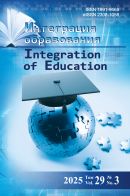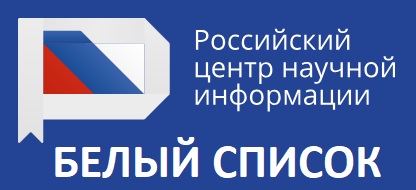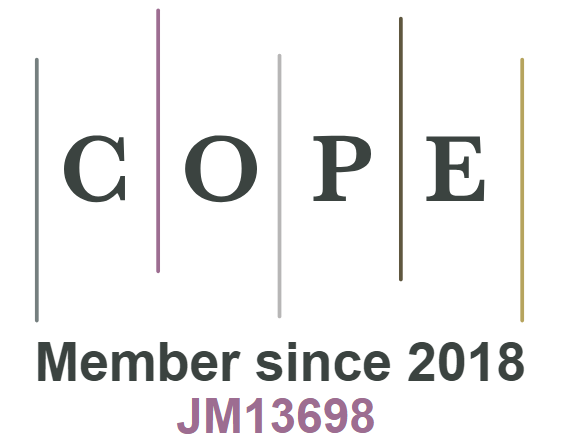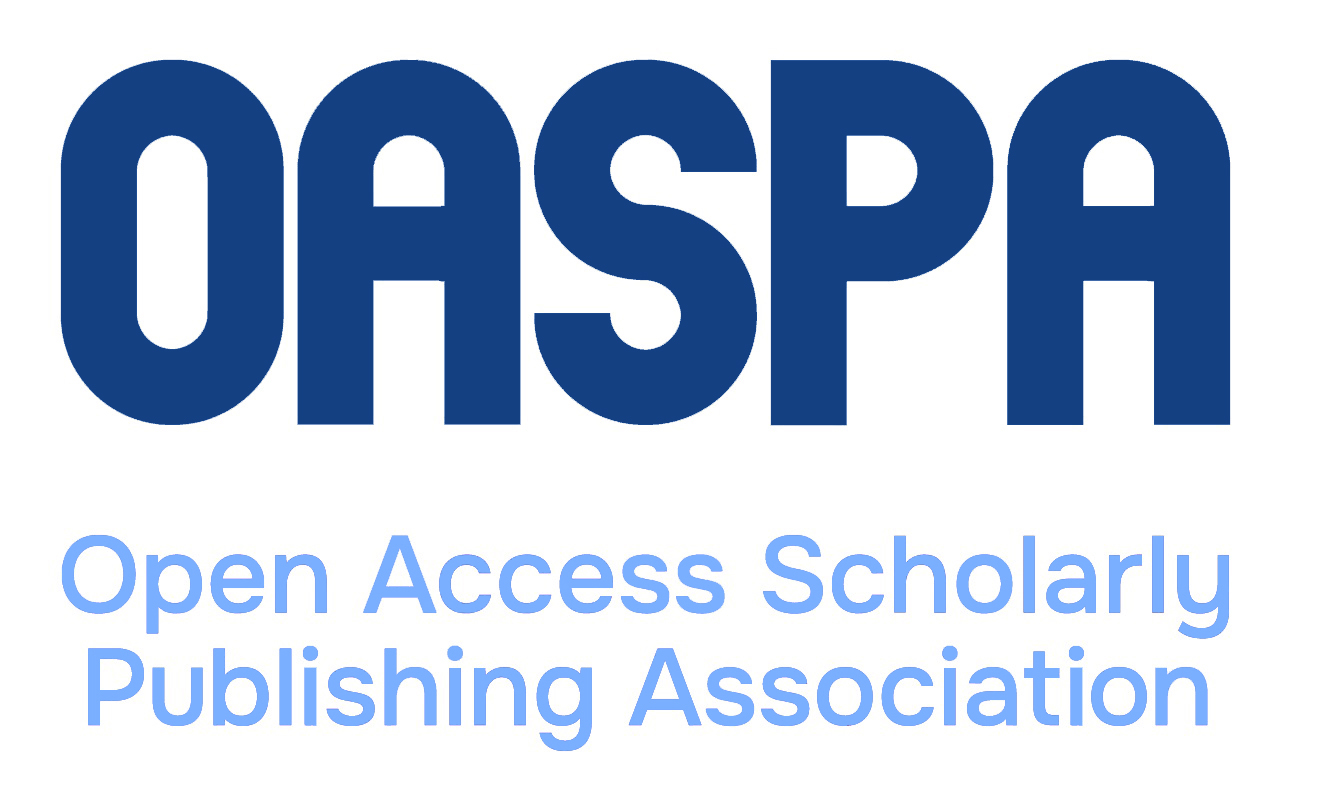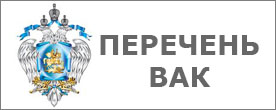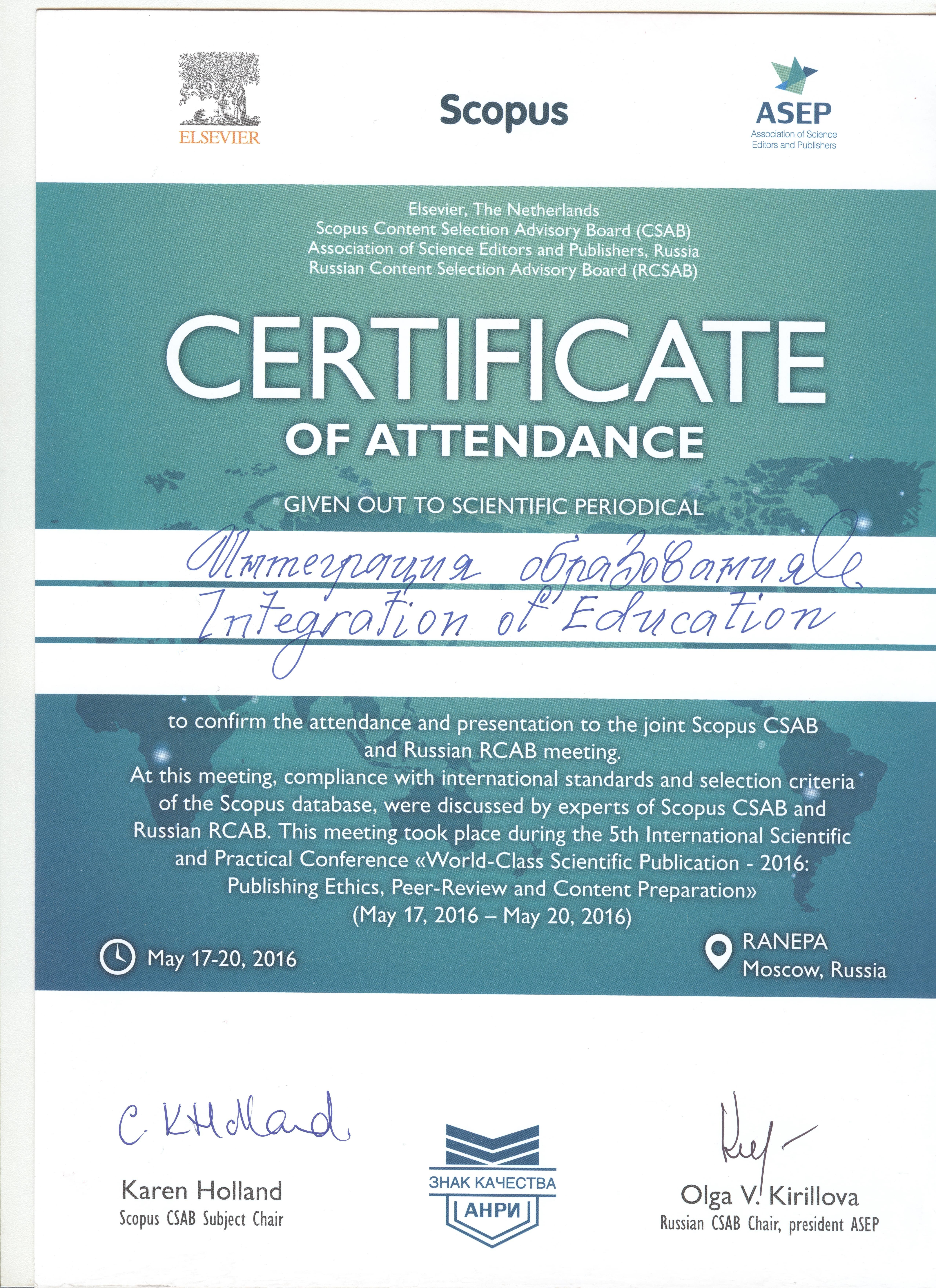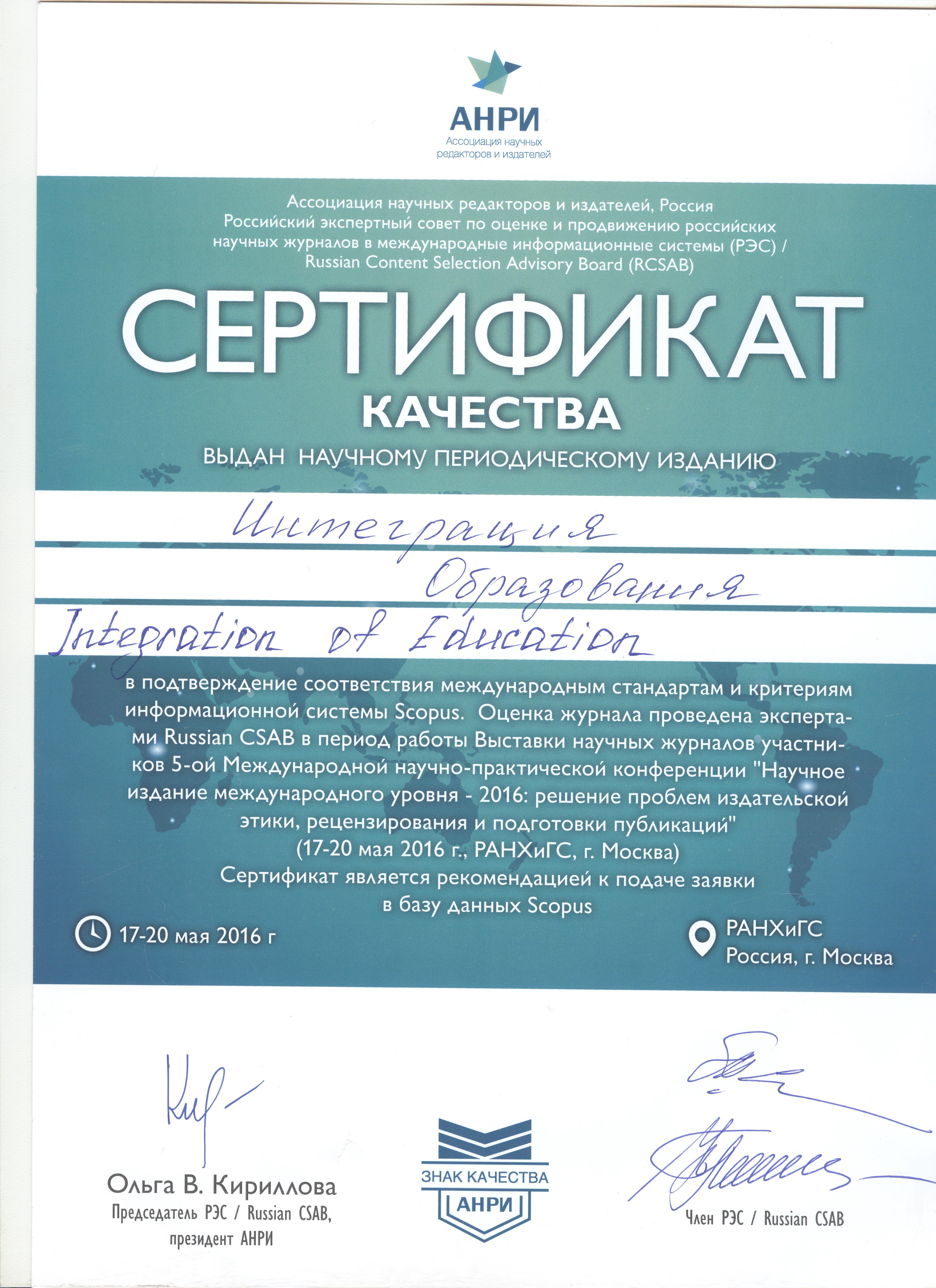DOI: https://doi.org/10.15507/1991-9468.117.028.202404.549-560
The Trends and Development of Russian Language Teaching in Modern China
Zhiqiang Liu
Ph.D. (Philol.), Associate Professor, Dean of Russian Language Faculty, Jiangsu University of Science and Technology (666 Changhui St., Zhenjiang 202100, People’s Republic of China), ORCID: https://orcid.org/0000-0001-7121-0062, Researcher ID: LKK-9213-2024, This email address is being protected from spambots. You need JavaScript enabled to view it.
Diandian Li
Student, Jiangsu University of Science and Technology (666 Changhui St., Zhenjiang 202100, People’s Republic of China), ORCID: https://orcid.org/0009-0003-0818-2320, Researcher ID: LKK-8571-2024, This email address is being protected from spambots. You need JavaScript enabled to view it.
Abstract
Introduction. Innovative approaches to the training of specialists in Chinese educational institutions are driven both by globalization processes, which imply international cooperation in various fields, and by national interests aimed at the development of the economy and other spheres of life in the country. The international interaction bet ween China and Russia in various fields also defines cooperation in education, which is in line with the principles of the state initiative “One Belt, One Road”. This study identifies issues in the education of future specialists in the context of the development of a digital society and international connections. The aim of the article is to describe the problematic areas in the training of specialists at Jiangsu University of Science and Technology against the backdrop of the challenges faced by graduates of other universities in China that prepare professionals for international cooperation with Russia.
Materials and Methods. The research material is based on the authors’ practical observations of the Russian language teaching at the Jiangsu University of Science and Technology and on the articles of Chinese scholars on the subject. Descriptive and analytical methods are used to analyze the works.
Results. The article analyzes new trends in higher education, such as the integration of language modules into professional programs under the “Russian Language + Specialty” model, the use of digitalization opportunities in teaching, and teacher and student exchanges. It also identifies existing problems in language education: outdated methodologies and teaching materials, a focus on testing at the expense of a communicative approach, and other issues that need to be addressed as student motivation remains low.
Discussion and Conclusion. The article suggests measures to increase the effectiveness of Sino-Russian educational contacts, including in the field of Russian language teaching within the framework of the “One Belt, One Road” initiative. Among them, the authors consider diversification of Sino-Russian joint educational projects, integration of ideological and political principles of China’s state development into Russian language teaching, etc. The results contribute to the development of the Chinese system of Russian language teaching integrated into professional university education programs.
Keywords: Sino-Russian cooperation, Chinese colleges and universities, foreign language teaching, higher education professional programs, Russian language
Funding: This article is based on the research project of Jiangsu University of Science and Technology 2024 Higher Education and Teaching Reform Project “Applying the Flipped Teaching Method Based on Russian MOOC in Russian Language Teaching in Chinese Universities” (No. XJG2024012).
Conflict of interests: The authors declare no conflict of interest.
For citation: Liu Zh., Li D. The Trends and Development of Russian Language Teaching in Modern China. Integration of Education. 2024;28(4):549–560. https://doi.org/10.15507/1991-9468.117.028.202404.549-560
Author’s contribution:
Zh. Liu – scientific supervision; research concept; critical analysis and revision of the text; development of methodology; securing financing; final conclusions.
D. Li – preparation of the initial version of the text; material analysis; literature review on the topic of the article; final conclusions.
The authors have read and approved the final manuscript.
Submitted 26.08.2024;
revised 20.09.2024;
accepted 27.09.2024.

This work is licensed under a Creative Commons Attribution 4.0 License.








